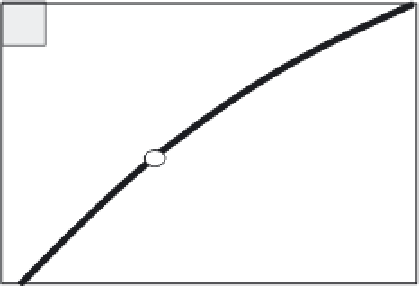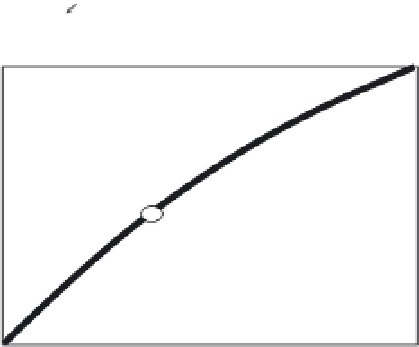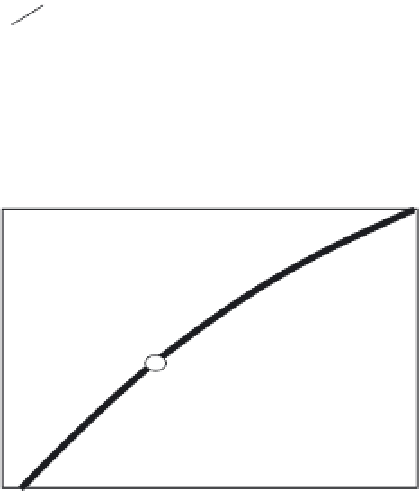Geology Reference
In-Depth Information
sufficient to empty the traps, whereas for TL,
sunlight will partially, but not completely,
remove the thermally stimulated luminescence.
In either case, one must assess the
sedimentological setting in the field, asking
whether it is likely that there was sufficient
exposure to sunlight during transport to empty
the traps. Loess and eolian sands, both of which
blow around on the surface, are good bets to
have been zeroed. Lacustrine silts and clays,
which are transported as suspended sediments
and should receive sunlight in the upper parts
of the water column, also seem to yield reliable
dates. On the other hand, sediment that traveled
as bedload or was transported in mass flows
would be generally poor candidates for
luminescence dating.
The range over which luminescence dating
can be successfully applied theoretically extends
from less than 1 kyr to more than 1 Myr. Using
OSL and very sensitive detectors, eolian sedi-
ments only a few hundred years old have been
dated (Wolfe
et al.
, 1995). Unfortunately, for
dating older strata, during prolonged exposure
to radiation, the trapping sites may eventually
become saturated; their luminescence signal
will cease to increase linearly despite additional
radiation. Sediments derived from highly
radiogenic rocks, like granites, will experience
higher dose rates and reach saturation long
before sediments derived from rocks like car-
bonates that emit low levels of radiation.
Practically speaking, high dose rates may limit
luminescence dating in granite source areas to
less than 60-200 kyr. Nonetheless, this technique
has the potential to fill a critical gap beyond the
range of radiocarbon dating. Moreover, because
target minerals of quartz and feldspar are abun-
dant minerals in many strata, these techniques
can be applied to eolian and lacustrine beds
where few other means of dating may be possi-
ble. Some studies have tried to use luminescence
dating in alluvial fans and colluvial wedges
associated with faults. In such settings, zeroing
of the sediment by sunlight prior to deposition
cannot safely be assumed. Use of an additional
dating technique, such as radiocarbon, would
have to be employed on at least some pairs of
samples to validate the luminescence dates.
Paleodose Determination
3
A
Additive Dose
Method
2
laboratory induced
luminescence
1
natural luminescence
estimated paleodose
0
0
20
40
60
3
B
Regenerative
Method
observed
natural
luminescence
2
laboratory induced
luminescence
1
estimated paleodose
0
0
20
40
60
3
C
Partial Bleach
Method
additive dose
luminescence
2
1
luminescence
after partial bleaching
estimated paleodose
0
0
20
40
60
Laboratory Irradiation (Gy)
Fig. 3.17
Paleodose determination in luminescence
dating using three methods (see text).
A. Additive dose method. B. Regenerative method.
C. Partial bleach method. Modified after Duller (1996).
When luminescence dating is applied to
sediments, a key assumption is that the traps
were emptied or “zeroed” prior to deposition,
such that each grain began its life within the
deposit with no record of previous radiation.
For OSL, prolonged exposure to sunlight is






































































































